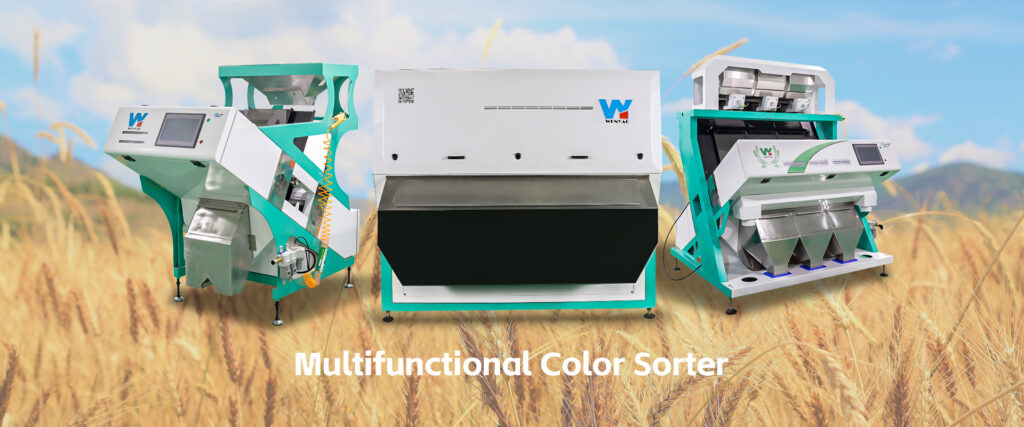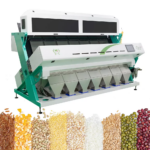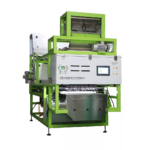Welcome to the Taiha Online Training Lecture! In this blog post, we will explore the essentials of color sorter machines, specifically focusing on maintenance adjustments during operation. This guide is designed for color sorter maintenance engineers and will help you understand the key components and adjustment methods to ensure optimal performance of your color sorter.
Table of Contents
ToggleIntroduction to Color Sorter Maintenance
In the last lesson, we discussed the important aspects to pay attention to before starting the color sorter. Today, we will delve into the parts that need to be adjusted and operated while the color sorter is working. Using the Observation Rice Color Sorter as an example, we will share common changes in raw materials or sorting requirements that you often encounter in daily processing and production. Additionally, we will cover how to make corresponding adjustments to production flow, sensitivity, and other parameters.
Adjustment Methods for Commonly Used Parameters
- Consistency Adjustment of Feeding
Uniform feeding across each channel is crucial to ensure the consistency of the entire color sorter during production. To achieve this:
- Visual Check: Ensure that the feeding speed of all channels is uniform.
- Adjustment Method: Enter the feeder adjustment interface while the machine is running. Adjust the feeding amount of each channel to achieve uniformity. A larger number of feet increases the feeding speed and vibration, while reducing the number decreases the speed.
- Note: Most of the time, it is not necessary to adjust the feeder repeatedly as long as the operation is even and smooth.
- Light Adjustment
Optimal sorting cannot be achieved without coordinating reasonable foreground and setting light. The adjustment and fixation of the partition are handled by the after-sales engineer, who will set the best plan and save it for you during commissioning and installation.
- Sensitivity Adjustment
Sensitivity adjustment is complex and directly influences the effectiveness of color sorting. It is the most frequently used parameter in daily processing. The sensitivity interface parameters can be described by their specific functions:
- Lower Limit of Front Speckle and Back Speckle: Aimed at eliminating small diseased spots and small blackheads in rice.
- Lower Limit of Forward Region and Rear Region: Aimed at eliminating dark yellow rice.
- Color Sensitivity of Front Vision and Rear Vision: Aimed at eliminating light yellow rice.
Fine-Tuning Sensitivity:
- To eliminate light yellow rice, add the front color and color without adding the speckle and lower limit of the region.
- To eliminate dark yellow and black spots, reduce or turn off the color sensitivity and use only speckle and region sensitivity.
By adjusting these parameters according to your specific requirements, you can enhance the sorting efficiency and quality of your color sorter machine.
Conclusion
Maintaining and adjusting your color sorter machine is essential for consistent and high-quality sorting performance. By focusing on feeding consistency, light adjustment, and sensitivity settings, you can ensure that your color sorter operates smoothly and effectively meets your production needs.
Frequently Asked Questions (FAQs)
- Why is uniform feeding important in a color sorter machine?
Uniform feeding ensures that each channel operates consistently, which is crucial for maintaining the overall performance and accuracy of the color sorter during production.
- How often should I adjust the feeder settings on my color sorter?
Most of the time, it is not necessary to adjust the feeder repeatedly as long as the operation is even and smooth. However, adjustments may be needed if there are changes in raw materials or sorting requirements.
- What is the role of sensitivity adjustment in a color sorter machine?
Sensitivity adjustment directly influences the effectiveness of color sorting. It helps eliminate unwanted variations such as diseased spots, blackheads, dark yellow rice, and light yellow rice by fine-tuning the machine’s ability to detect and sort based on color differences.














